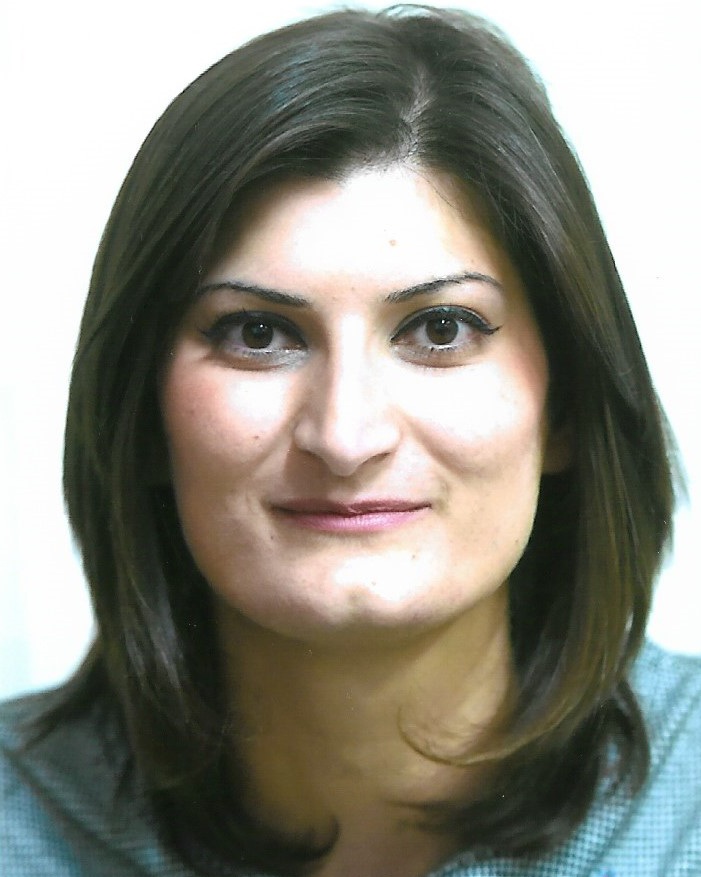The project
EEG-tACS closed-loop stimulation for math learning enhancement
The aim of this project is to design a closed-loop device that measures and analyzes the ongoing brain activity and provides an individually tailored stimulation for enhanced cognition and math learning skills.
Transcranial alternating electrical stimulation (tACS) is one of the methods used for stimulating the brain by applying weak electrical current over specific regions within the cortex. Research shows that the tACS method changes the physiological state of the brain and helps in accelerating cognitive processes and improving behavior. Nonetheless, the stimulation is usually used while applying the same protocol across individuals and the same neural features during the stimulation process without adapting them to each individual. Here, we propose a new closed-loop (Cloop) stimulation approach that enables measurement of the brain activity by EEG while learning, extracting the neural features for stimulation via machine learning algorithm, and applying tACS stimulation accordingly. Using the ongoing EEG-tACS closed-loop control strategy will allow subject-specific stimulation for boosting the participants learning skills.
The experiment has three main parts. First, a pre-stimulation stage where we measure the participants’ brain activity with EEG while they complete a math problem-solving task similar to the quantitative part of the psychometric exam. Second, a stimulation session that consists of multiple blocks of combined EEG-tACS stimulation. During each block participants continue to solve math problems while their EEG signal is monitored to detect the state of their brain activity, analyze and extract neural features related to correct and incorrect trials. The neural features are used in the subsequent tACS stimulation that is applied over the highly activated brain regions or those that correlate with analytic thinking, working memory and attention. Third, a post-stimulation stage in which participants complete another math problem-solving task while we measure their brain activity. This stage enables us to examine participants’ improvement level at the math task.
Our future goal is to create an innovative technology that provides subject-specific stimulation based on machine learning algorithms for enhancing learning. We hope that using this technology would boost the behavior of both healthy and clinical population without the sole reliance on pharmacological interventions.
About me:
During my Ph.D. studies, I have gained substantial experience in EEG neurofeedback for optimizing learning abilities. The aim of my research was to improve EEG upper alpha oscillations with neurofeedback, which would enhance subjects’ mental rotation ability and their understanding of unfamiliar stimuli seen for the first time.
I am highly interested in neuroscientific research that utilizes neuroimaging techniques with the aim of understanding where and how cognitive processes occur. Furthermore, I am interested in techniques that enable learning about real-time cognitive processes, in both healthy and clinical populations, in order to enhance their abilities with neurofeedback and brain stimulation methods.

